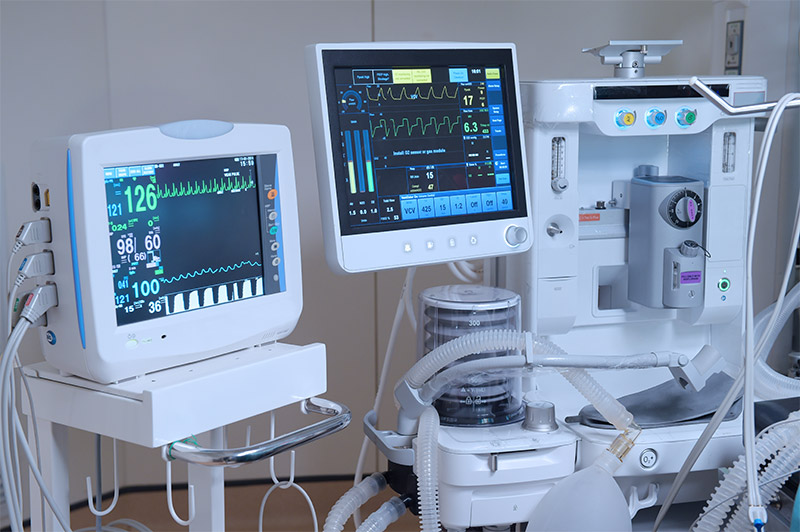RFI Medical Pubmed
PMID- 9604711
OWN – NLM
STAT- MEDLINE
DCOM- 19980729
LR 20001218
IS 0739-5175 (Print)
IS 0739-5175 (Linking)
VI 17
IP 3
DP 1998 May-Jun
TI Radiofrequency interference with medical devices. A technical information
statement.
PG 111-4
AB The past few years have seen increased reports that medical devices, such as
pacemakers, apnea monitors, electrically powered wheelchairs, etc., have failed
to operate correctly because of interference from various emitters of
radiofrequency energy. This condition is called radiofrequency interference
(RFI). The consequences of these failures range from inconvenience to serious
injuries and death. Reasons for this problem are twofold: 1) increasing numbers
of electronically controlled medical devices with inadequate electronic
protection against RFI, and 2) a significant increase in the number of RF sources
in the environment. Medical devices are widely used outside the hospital and may
be attached to, or implanted in, patients. Portable wireless communications
equipment, including cellular phones, handheld transceivers, and vehicle-mounted
transceivers, comprise one of the largest sources of RFI. Some medical devices
are especially sensitive to the type of digital modulation that some of the
wireless communications devices utilize. The prevailing international standard
for the RF immunity of medical devices is the 1993 revision of the International
Electro-technical Commission (IEC) Standard IEC 60601-1-2. This standard sets a
minimum immunity level of 3 volts per meter (V/m) in the 26-1000 MHz frequency
range. For non-life supporting devices, testing is required only at the specific
frequencies of 27.12, 40.68, and 915 MHz. Technology exists to protect, or
“harden,” most medical devices from RF fields that are much more intense than the
3 V/m level specified in present RFI standards. Most of these techniques,
including shielding, grounding, and filtering, are not costly if they are
incorporated into the initial design of the electronics system. COMAR recommends
that the various parties involved in the manufacture and use of RFI-prone medical
devices take steps to avoid serious RFI problems that may lead to safety hazards.
Medical device manufacturers should design and test their products to ensure
conformance with current RFI standards and educate the users of their devices
about the possible symptoms of potential RFI. If there exists the possibility of
RFI problems to medical devices, steps should be taken to ensure that all sources
of RF energy be kept at a sufficient distance.
LA – eng
PT – Journal Article
PL – United States
TA – IEEE Eng Med Biol Mag
JT – IEEE engineering in medicine and biology magazine : the quarterly magazine of the
Engineering in Medicine & Biology Society
JID – 8305985
SB – IM
MH – Equipment Design
MH – *Equipment Failure
MH – Equipment and Supplies/*standards
MH – Hearing Aids
MH – Pacemaker, Artificial
MH – Radio Waves/*adverse effects
MH – Telecommunications
MH – Telephone
EDAT- 1998/05/30 00:00
MHDA- 1998/05/30 00:01
CRDT- 1998/05/30 00:00
PHST- 1998/05/30 00:00 [pubmed]
PHST- 1998/05/30 00:01 [medline]
PHST- 1998/05/30 00:00 [entrez]
PST – ppublish
SO – IEEE Eng Med Biol Mag. 1998 May-Jun;17(3):111-4.
